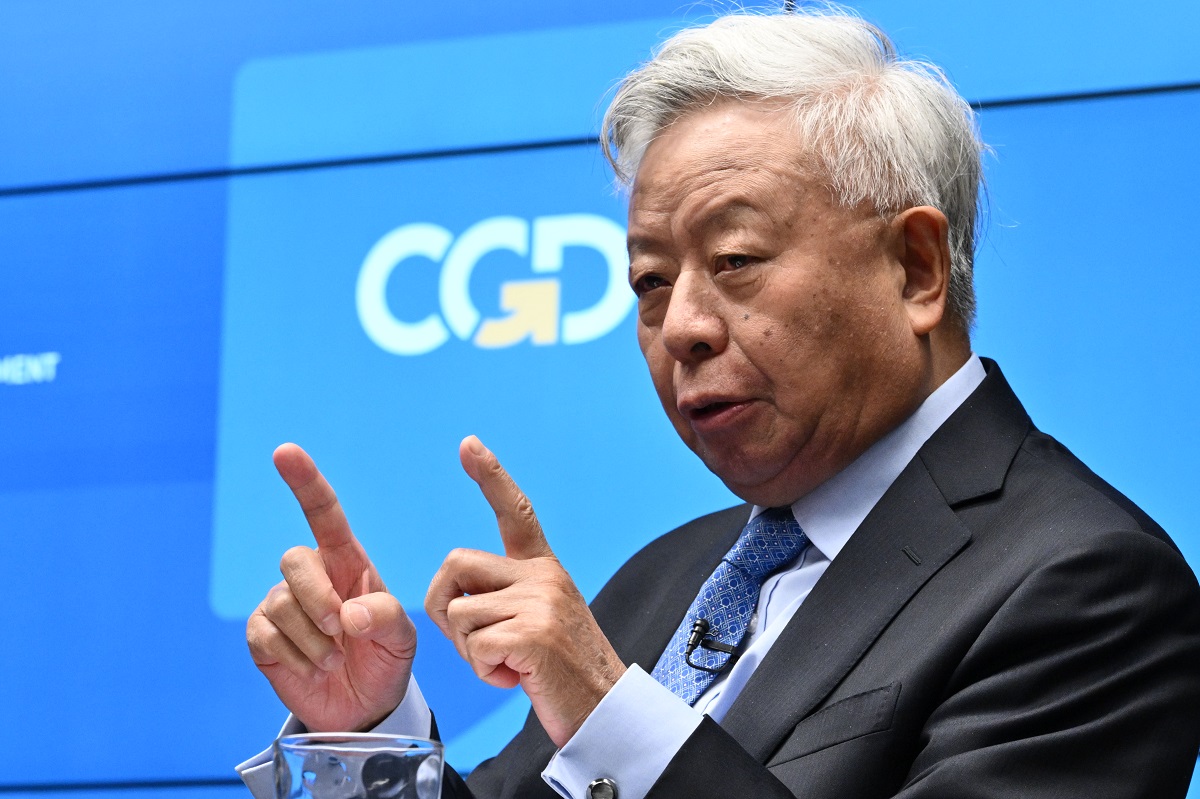The NATO Parliamentary Assembly has just released a report on “China's Development Challenge.” While the report discusses such topics as foreign investment and China’s energy needs, much of the analysis focuses on the challenge of rural development. This focus on the rapidly growing divide between China’s rural and urban economies and the fear of spreading rural unrest is correct: the problem has been growing for more than a decade. The report describes rural development as China’s “most daunting development task” and points out that failure carries risks for the rest of us:
If those living in this vast hinterland come to believe that China's reform agenda and its participation in the global economic order have only introduced suffering and impoverishment, then instability could cause an ever less open China to recoil from what it might come to see as a hostile world.
Fixing this won’t be easy. Rural unrest in China is symptomatic of a flaw in the country’s development strategy: failure to meet the basic conditions for sustained growth first set out in 1776 by Adam Smith in
An Inquiry into the Nature and Causes of the Wealth of Nations. Among these basics are clear property rights. Indeed it is the lack of secure property rights that is fueling much of the unrest in rural China, as peasants protest against industrial land grabs or pollution of fields that they work but do not own.When I was preparing a CGD Brief on
How Countries Get Rich that discussed how the ”Smithian conditions” are relevant to the challenges of development, CGD president Nancy Birdsall, asked me if contemporary China was an exception. The following is an extract of my answer, which appears as a box in the brief.
“Is China an Exception?Not yet. China’s rapid economic growth over the past quarter century has been remarkable, but it is clearly not sustainable. China’s growth has come at the expense of horrific damage to the environment and has been kept afloat by a system of “bureaucratic entrepreneurship” that badly misallocates capital. The stresses in this system are already visible, as demonstrated by the shooting of peasants protesting land seizures, without legally mandated compensation, in early December in Shanwei, Guandong Province. Mao’s great genius in holding together China was not that he united peasants and workers, but that he separated them. The stability provided by the Maoist system has been undone by the new growth model. The political and social tensions that are now coming to the surface in China suggest a serious challenge is now facing China’s leaders, as they know the history of revolutions as well as anyone.
The NATO report is the latest in a stream of research and analysis pointing out this problem. Usefully, it suggests ways that the rich Western countries and multilateral institutions can help. Ultimately, however, it will be the Chinese themselves who must tackle this problem. The stakes are high for the rest of us. Here's wishing China success!
CGD blog posts reflect the views of the authors, drawing on prior research and experience in their areas of expertise.
CGD is a nonpartisan, independent organization and does not take institutional positions.



